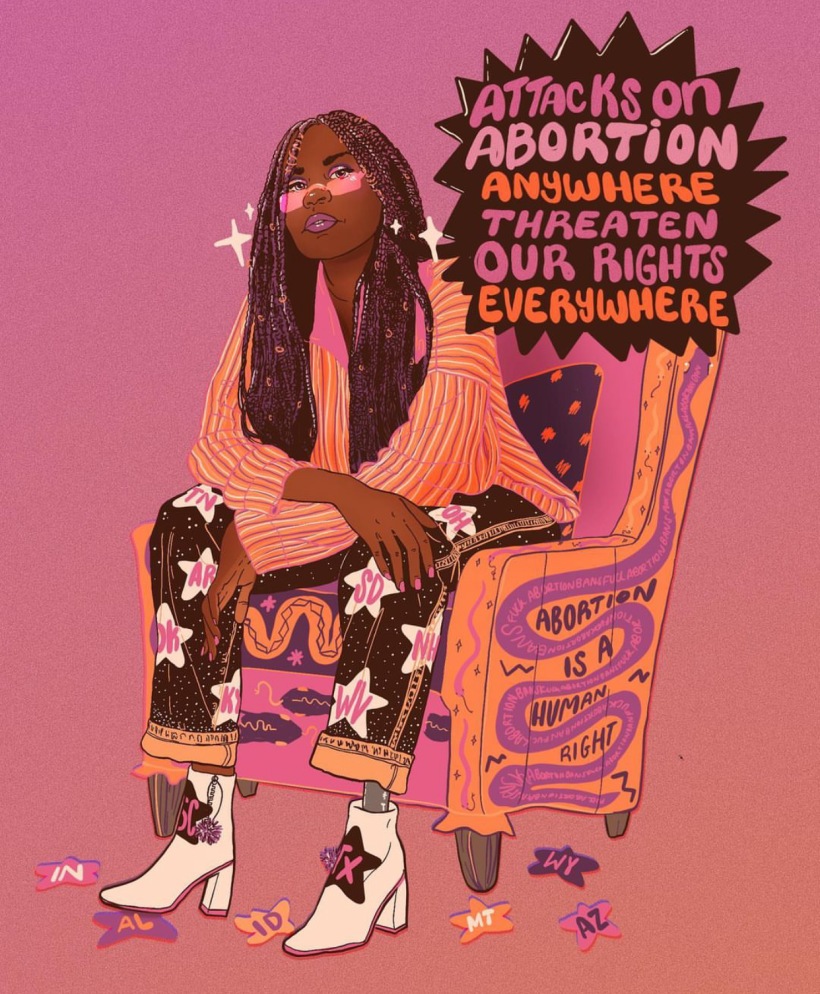As we learned thus far, the capitalist class consists of people who own wealth, as well as the means of production in American society. An important question in understanding how this class works is to ask: how does a capitalist remain wealthy? The answer to this question depends largely on understanding the diagram M-C-M’. So, let’s practice by explaining what happens in this diagram in our own words (but basing our ideas on Reading 5.1). Respond to the following question: Explain M-C-M’ to show how capitalists maintain and increase their wealth. (hint: your answer should weave a summary that includes what you reviewed in the self-assessment exercise question 1-7)
According to reading 5.1, the small-scale commodity production is called C-M-C, or commodity- money- commodity. To put it simply, at this stage people are exchanging a commodity for money, which then gets exchanged for another commodity. For example, peasants used to sell vegetables and later bought cloth with the money they got for the vegetables, while weavers sold their cloth to be able to purchase vegetables. We sell these commodities in order to buy more things where money is used as a middleman. The value of the commodities remains constant in the first and last stage of C-M-C. However, this money becomes transformed in this new stage M-C-M (money-commodity-money). This is the formula for capital in which the person initially only has money and must figure out how to get the commodity they are looking for. For example, the very same weavers do not personally use the cloth they make but make it to sell or resell it. In this instance we are buying with the intention of selling where money is capital. Therefore, in the first phase you would be turning money into a commodity, but the second would be turning the commodity into money.
The money at the beginning and end of an M-C-M transaction is substantially different because a capitalist would not buy something without the expectation of getting more money in return. Thus, the final M’ is greater than the initial M, plus small m which is the excess money, profit, or surplus value. The capitalists can only obtain the surplus value if those who make the commodities sell them for much less value than they are worth. The people who make the commodities decide to give them to capitalists, even though they are massively undervalued, because of their desperate need for customers.
Additionally, in the formula M-C-M, or capital formula, M’ is much larger than M due to the work the factories put in to make that commodity. The machines, raw materials, and labor power that the capitalists bought for the smaller sum is turned into a product with much greater value because of the production process it takes to manufacture that product while still in the factory. As a result, the formula for this is M’= M plus m. The small m is the value created by the manufacturing process brought on by a specific commodity, and once it’s bought and put on the market can create the surplus value for the capitalist. This commodity is known as labor power. How much labor power people offer is up to the particular person. It can either be more or less extreme. The capitalist is responsible for purchasing that worker’s labor power, and the worker decides to sell their labor power to the capitalist. The capitalist then agrees to pay the worker a wage in exchange for their labor power. This wage serves as a representation of the value of the worker’s labor power.
When the capitalists agree to purchase the labor power of the workers, they also need to purchase the materials to use their labor power successfully. Consequently, each capitalist is transforming money into capital by providing tools, equipment, machinery, raw materials, and any additional provisions, and purchasing labor power. Each worker is able to transform every commodity into the value it should be in order for the product to sell, and the capitalist to make a profit. Money isn’t capital because it is not considered a productive resource. However, money is sometimes used to purchase capital. It’s the capital good, such as the equipment provided that is used to make those goods and services. For this system to work, a worker must work longer than it takes to make their product valuable for what it called necessary labor time, or what is required to replicate their labor power. For example, maybe it takes four hours of someone’s labor power to produce everything needed for one day. If they work a 9 AM to 5 PM shift, they have spent what they are worth by 1 PM., four hours later. However, they still must work till 5 PM so their employer gets an extra four hours of labor out of their worker. This is called surplus labor. This is the extra labor a worker must do their job far beyond just earning a living for themselves. This is generally unpaid labor. Anything the worker does at that point belongs to the employer capitalist. They sell the products their workers make for a profit and keep that profit for themselves.
